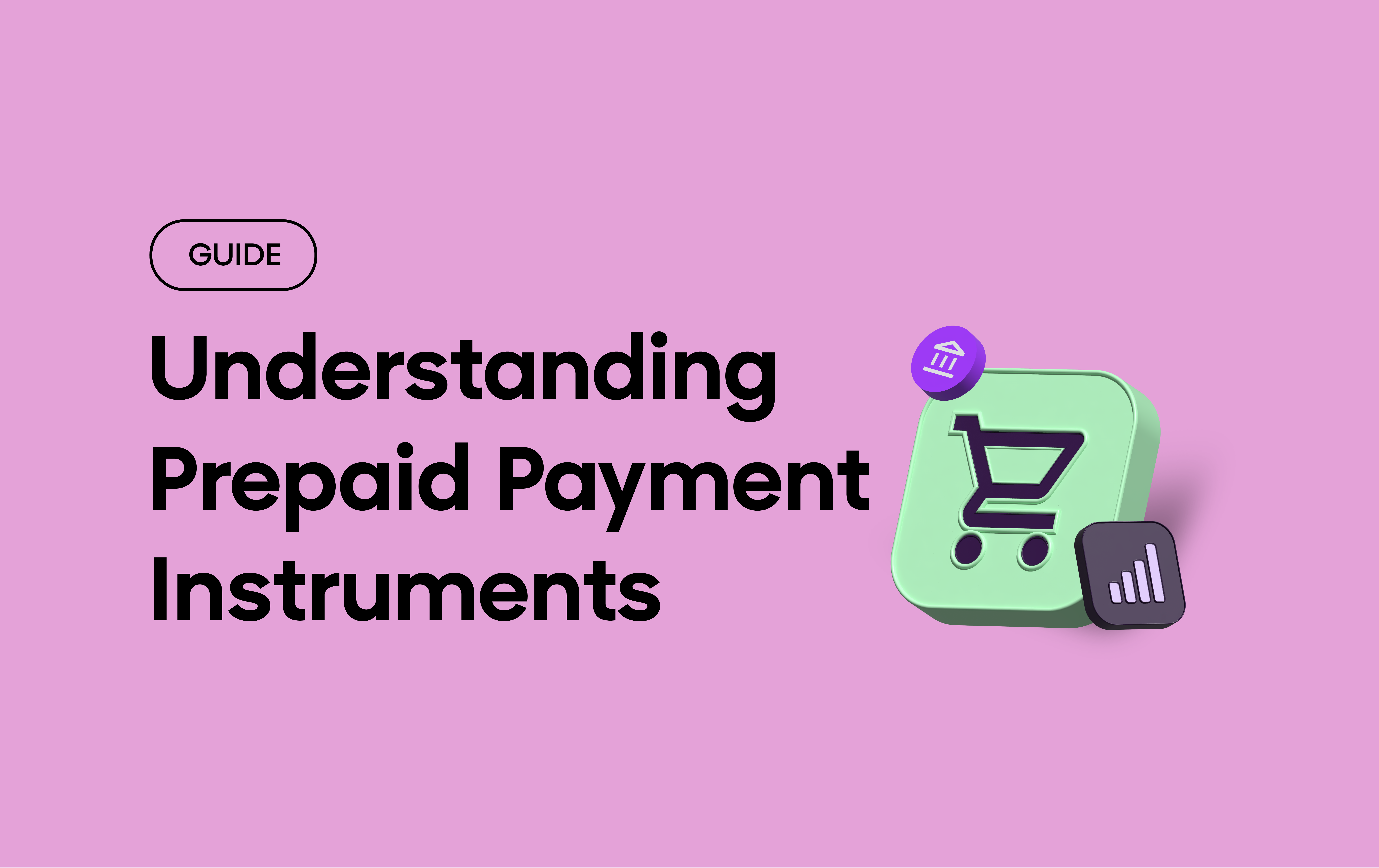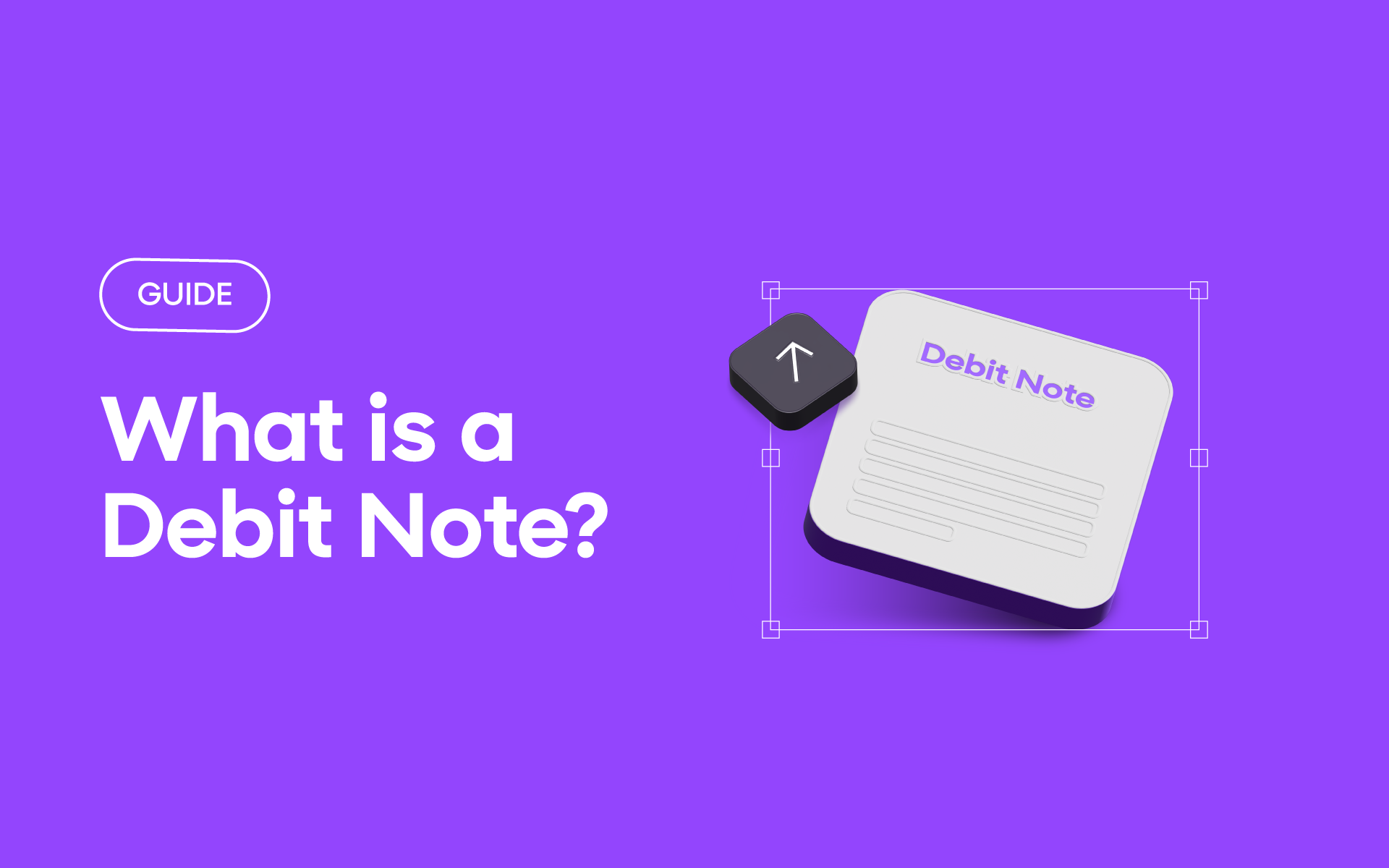Prepaid Payment Instruments (PPI) lets you purchase goods with prepaid money in your online wallets, paper vouchers, prepaid smart cards, and more. India allows Prepaid Payment Instruments under Reserve Bank of India (RBI) regulations.
In 2015, introducing Prepaid Payment Instruments for Mass Transit Systems (PPI-MTS) marked a significant step toward the wider adoption of digital payments in the country. PPIs help businesses simplify payments, enhance cash flow management, and offer seamless financial solutions to their customers.
What Are Prepaid Payment Instruments (PPI)?
Prepaid Payment Instruments, also known as prepaid or stored-value cards, let you load money to make seamless transactions. They hold the value that users add through cash deposits, bank transfers, or credit card payments. They come in various forms, including –
- Digital Wallets (e.g., mobile wallets like Mobikwik, Airtel Money, etc.)
- Prepaid Cards (e.g., gift cards, travel cards)
- Paper Vouchers (e.g., meal vouchers)
- Smart Cards (e.g., metro cards)
Why do PPIs Matter for Businesses?
PPIs offer a win-win solution for businesses. They simplify customer transactions while giving companies better control over cash flow and spending. Here’s how PPIs can benefit your business:
1. Enhanced Customer Experience
PPIs make payments faster and more convenient, reducing friction at checkout. For example, a customer using a prepaid wallet can complete a transaction in seconds without needing to enter card details every time. This reduces cart abandonment.
2. Expense Management
Businesses can issue PPIs for specific use cases, such as employee expense management or corporate gifting. This ensures funds are used only for intended purposes, reducing misuse and providing better tracking and budgeting.
3. Improved Cash Flow Management
With PPIs, businesses can preload funds and track expenses in real time, making managing budgets and forecasting cash flow easier.
4. Financial Inclusion
PPIs enable businesses to reach underserved markets, such as customers without bank accounts. For instance, mobile wallets allow users to add loyalty cards or sodexo coupons and pay using them.
How Businesses Can Leverage PPIs
Prepaid Payment Instruments (PPIs) are not just a payment tool but a strategic asset for businesses looking to enhance customer experiences, drive loyalty, and streamline operations. Here’s how businesses can use PPIs to create value for their customers and grow their brand:
1. Simplify Customer Payments
Seamless checkout experience: Offer PPIs to customers as prepaid cards or wallets for faster, frictionless payments. This reduces cart abandonment and boosts conversion rates.
Flexible payment options: Let customers preload funds onto PPIs, giving them control over spending while ensuring quick and secure transactions.
2. Build Customer Loyalty
Reward programs: Issue PPIs as part of loyalty programs, where customers earn points or cashback for every purchase. For example, a retail brand can offer a prepaid card that rewards customers with discounts on future purchases.
Gift cards and vouchers: Provide digital or physical gift cards that customers can use or share with friends and family, driving repeat business and expanding your customer base.
3. Enable Controlled Spending for Customers
Budget-friendly solutions: PPIs allow customers to load a fixed amount, helping them stick to a budget while shopping. This is especially useful for parents giving teens spending limits or businesses offering prepaid cards for specific use cases.
Subscription management: Customers can use PPIs to pay for subscriptions without linking their bank accounts, ensuring better control over recurring expenses.
4. Enhance Promotional Campaigns
Cashback and discounts: Run targeted campaigns where customers receive prepaid cards or wallets with cashback offers or discounts. For instance, an e-commerce platform can offer a ₹500 prepaid wallet for purchases above ₹5,000.
Seasonal offers: Use PPIs to create limited-time offers, such as holiday gift cards or festival discounts, to drive seasonal sales.
5. Expand Financial Inclusion
Reach unbanked customers: PPIs enable businesses to serve customers without traditional bank accounts, especially in rural or underserved areas. For example, a mobile wallet can allow unbanked customers add vouchers or coupons(like Sodexo) to make digital payments for goods and services.
Micro-payments: Offer PPIs for small transactions, making it easier for customers to pay for low-cost items or services, such as public transport or utility bills.
6. Streamline Refunds and Disbursements
Efficient refunds: Use PPIs to process refunds instantly, improving customer satisfaction. For example, an e-commerce platform can issue refunds directly to a customer’s prepaid wallet.
Disbursements for gig workers: Businesses can use PPIs to pay freelancers, delivery partners, or gig workers quickly and securely, ensuring timely payments.
7. Create Branded Payment Solutions
Co-branded PPIs: Partner with banks or fintech platforms to launch co-branded prepaid cards or wallets. For instance, a travel company can offer a prepaid travel card with exclusive discounts on flights and hotels.
Customized wallets: Develop branded digital wallets that customers can use for all transactions with your business, creating a seamless and unified payment experience.
Types of Prepaid Payment Instruments
The RBI classifies PPIs into three categories based on their usage and limits:
1. Closed-loop PPIs
Closed-Loop PPIs can only be used for transactions within a specific ecosystem (e.g., a retail store’s gift card). These are good for businesses to create loyalty programs or offer gift cards.
2. Semi-closed PPIs
Semi-closed PPIs enable online transactions across multiple merchants and partners. Only RBI-approved banking institutions or authorized non-banking institutions can issue these PPIs. (e.g., mobile wallets like MobiKwik and payment gateways like Stripe).
3. Open-loop PPIs
Open-Loop PPIs can be used anywhere that accepts card payments (e.g., Visa or Mastercard prepaid cards).
Latest Trends in Prepaid Payment Instruments
The PPI landscape is evolving rapidly, driven by technological advancements and changing consumer preferences. Here are some key trends to watch:
1. UPI’s dominance and its impact on PPIs
According to the RBI report, UPI transactions have surged, accounting for over 75% of digital payments in India. While PPI in banking remains relevant, its share in the digital payments ecosystem has declined by 24% over the past two years. This shift is mainly due to UPI’s ease of use, interoperability, and zero cost.
However, PPIs still hold value for specific use cases, such as corporate gifting, employee benefits, and controlled spending.
2. RBI’s new interoperability rules
RBI allowed PPI interoperability with UPI. So, now users can link their PPIs (like wallets and prepaid cards) to UPI IDs, enabling seamless transactions across platforms. This will enable PPI holders to make/receive UPI payments through the mobile application of third-party UPI applications.
This move will boost the PPI ecosystem by making PPIs more versatile and user-friendly. Businesses can now offer PPIs as part of a broader payment strategy, integrating them with UPIs for maximum reach and convenience.
3. RBI’s stricter KYC norms
In 2023, the RBI introduced stricter KYC norms for PPIs to enhance security and curb fraud. Businesses must ensure compliance to avoid penalties.
4. Growth of digital wallets
Despite UPI’s dominance, digital wallets continue growing, especially in the e-commerce and transportation sectors.
5. Focus on sustainability
Many companies are shifting from physical prepaid cards to digital-only PPIs to reduce plastic waste and operational costs.
Conclusion
While UPI dominates India’s digital payments ecosystem, PPI in banking continues to be a valuable tool for transactions. They offer controlled spending, enhanced customer experiences, and financial inclusion—especially in niche use cases like corporate gifting and employee benefits.
The RBI’s new interoperability rules (October 2023) have further strengthened the case for PPIs by allowing them to integrate with UPI. This move is set to boost adoption and make PPIs more versatile than ever.
FAQs About PPIs
1. Are PPIs safe to use?
Yes, PPIs are regulated by the RBI and come with robust security features like two-factor authentication (2FA) and encryption.
2. Can PPIs be used for international transactions?
Only open-loop PPIs issued in partnership with international networks like Visa or Mastercard can be used abroad.
3. What are the limits for PPI transactions?
RBI guidelines specify a maximum balance of ₹2 lakh for full-KYC PPIs and ₹10,000 for minimum-KYC PPIs.





